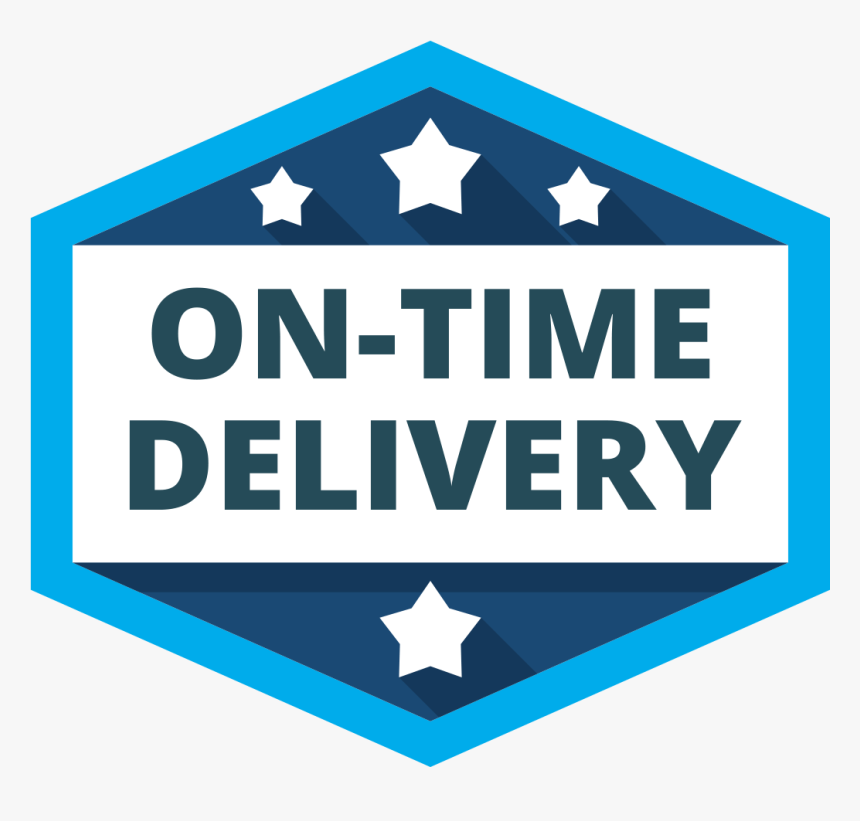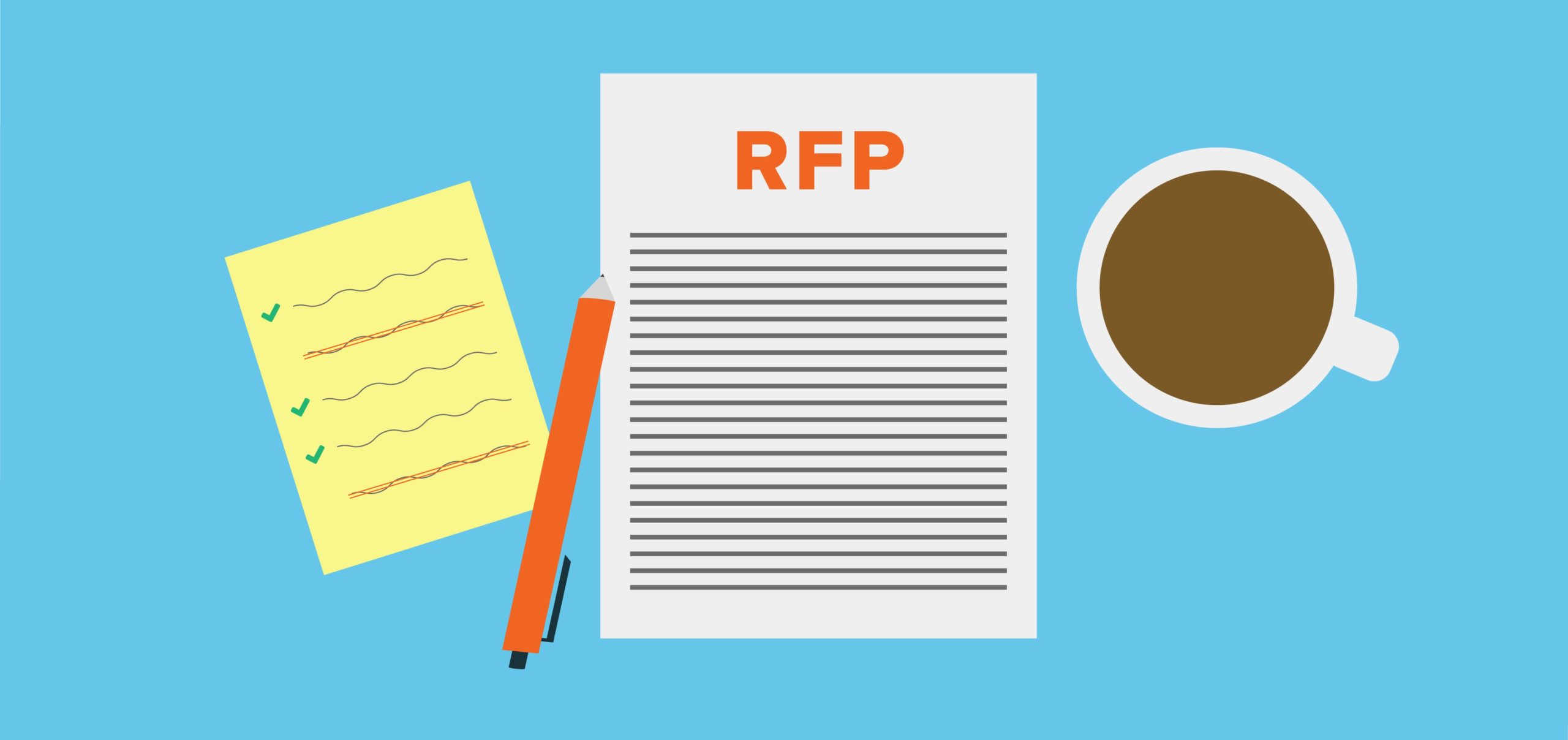


OTD: What is it, and why is it so important?
When ordering online, one of the key factors in how customers determine which products to buy is how quickly the supplier can ship the product. Quick shipping turnaround is no longer a nice to have, but a must-have in the eyes of consumers. This concept not only applies to customers but also applies to businesses. When signing a purchase order, businesses agree upon a Must Arrive By Date [MABD]. This blog will uncover why on-time delivery [OTD] is imperative for businesses, the ramifications for poor OTD, and how transportation/ logistics professionals can yield industry-best service. Poor OTD Stops Production Manufacturing relies on several moving pieces to be successful. When one piece breaks down, a chain reaction occurs. Delivering goods on time is a crucial piece for manufacturers especially when raw materials are needed to keep production running. A recent example that comes to mind is the automobile semiconductor chip shortage that forced automakers to close production lines and/or remove popular features such as heated seats. According to motortrend.com, in 2021 the shortage cost the global auto industry $210 billion in lost revenue. Poor OTD Leads to Empty Shelves Imagine walking into your favorite store ready to make a purchase and the item is nowhere to be found in the store. Empty shelves equal upset customers and poor customer experiences. And when items are essential, such as baby formula and medicine, empty shelves can lead to public panic. So the next time you see a large truck on the road, be thankful and remember that the driver is a critical part of ensuring your local shelves remain stocked. Poor OTD Leads...
Do Transportation RFPs Still Work?
The objective of a transportation request for proposal (RFP) is to lock in freight capacity for a certain period of time. A typical RFP includes requirements, evaluation criteria, timeline, and the expected cost. While RFPs can be a useful tool, they have many drawbacks, and should never be considered the only solution when looking to secure full truckload [FTL] carriers. Here are a few disadvantages of the traditional RFP process, and how innovative shippers have turned to technology and data to help supplement gaps. Transportation RFPs Require Time & Money Ask any transportation manager, and they’ll tell you that the traditional RFP process is time-consuming. Shippers spend a lot of time developing the RFP making sure the request is clear and concise. Then they spend more time waiting for each proposal to roll in. Once gathered, they have the painstaking task of vetting and comparing proposals to uncover the best possible carriers for their transportation needs. Carriers also spend a lot of time reviewing RFPs to ensure they understand the requirements and often have questions that require back-and-forth communications. Transportation RFPs Reach A Small % Of Available Freight Capacity Out of the millions of compliant, asset-based qualified carriers, RFPs only go out to a select few so the daunting process of comparing and negotiating is reasonable. Knowing shippers are cautious about how many carriers get invited upfront defeats the purpose of finding the very best options for the carrier network because not all options are invited to the table. Transportation RFPs Don’t Follow Market Fluctuation RFPs lock in truckload rates for a certain period of time. But because the freight...
Why Data Transparency is Important to Freight Procurement Teams
Have you ever made an important decision, and realized it was the wrong one because you only had part of the story? Well, this is an everyday reality for large shippers, and transportation teams across the country. Most rely heavily on historical 1st party data, along with 3rd party market data, which doesn’t paint a clear picture on a shipper’s unique freight at that moment in time. It’s been my experience that shippers are handcuffed because they only receive a portion of their freight data from their transportation vendors. Data transparency is extremely important in many ways, but there are two that stand out to me. Data transparency allows shippers to make informed data-driven decisions, which will result in better outcomes. For example, if a shipper obtains all of the data related to carriers who are moving their loads they can optimize their carrier network by dropping poor-performing carriers, and shifting more loads to high-performing carriers. Data transparency builds stronger relationships. When a vendor shares 100% of the data, trust is built and both parties benefit from it. For example, freight brokers purposely don’t share carrier names and carrier rates, which gives them a negative perception. Sleek Technologies, on the other hand, shares 100% of the carrier data so shippers know which carriers are moving freight, and what the carrier is getting paid so they can understand true market cost at that moment in time. Data is crucial to any industry, especially logistics. Because the freight market is constantly changing, shippers need to proactively manage the outcome. When a shipper gains real-time, 100% data transparency, they have the tools necessary...
Freight Procurement Automation Reduces Empty Miles
Empty miles weigh heavily on the minds of both shippers and carriers who are involved in the transport of truckload cargo. Not only do empty miles fail to generate revenue, but they increase transportation operating costs, and omit unnecessary carbon emissions into our environment. Knowing that transportation is a costly and critical supply chain component, finding ways to reduce waste [empty miles] will help reduce cost while saving the environment. Empty miles occur most often after a truck delivers a full shipment to the intended location, and then heads home or heads to the next pickup location with no cargo on board. According to the Bureau of Transportation, more than a third of the heavy-duty vehicles on the road move empty. So what can be done to reduce, or eliminate empty miles? According to Dean Corbolotti, Sleek Technologies VP of managed services, “Shippers need to embrace a new automated way to procure freight.” Routing Guides Provide Rates, Not Trucks in the Right Place Shippers spend hours meticulously planning out the routing guide, which on paper illustrates the perfect transportation plan with limited deadheading. But as transportation insiders know all too well, routing guides provide rates, not trucks in the right location. “As the typical waterfall routing guide operates, the likelihood of having a compliant carrier readily available at the perfect time and place to help avoid empty miles is unlikely,” said Corbolotti. To overcome routing guide pitfalls, innovative shippers have embraced breakthrough automation software that dynamically expands compliant truckload capacity when needed most. “Shippers who have not yet advanced freight procurement operations, will continue to struggle to achieve both financial...
Port of Oakland Strike, What’s Next?
On November 2nd, the flow of goods was halted for several hours as hundreds of International Longshore and Warehouse Union workers walked off the job at the Port of Oakland due to stalled contract negotiations which demanded better pay and benefits. By 6 PM, dock workers returned to the ports and operations resumed. Unfortunately, this serves as yet another stark reminder that logistics is unpredictable– especially when the front line is unhappy. Dock & Warehouse Worker Threats wsws.org reported that 83% of Port of Oakland clerks (200 out of 240) have outstanding wage claims dating back to June. Arbitration isn’t possible right now because there is no signed union agreement. 22,000 West Coast longshoremen are working without a signed contract. It’s surprising that union officials have been successful in suppressing US-based strikes, dodging a major bullet on September 16th when 200 Canadian dock and warehouse workers went on strike shutting down ports in Vancouver, British Columbia. Had US workers joined the strike, all West Coast ports from Canada to Mexico would have been shut down. Fast forward to late October, when 800 Port of Mobile Longshoremen decided not to strike with promises of returning to the bargaining table. Unfortunately, West Coast issues are not isolated. Wages, benefits, job security, and safety are global issues for dock workers who have protested in Germany, South Africa, England, Canada, and Australia. Independent Truck Driver Threat In addition to longshoremen's instability, we also need to keep in mind independent truck drivers. If you recall, independent truck drivers demonstrated at LA and Oakland ports in mid-July because they opposed the AB5 legislation (reclassifying drivers as...
Top Tips for Amazing Freight Procurement Customer Service
Your phone rings. It’s “that customer”. Making her happy could mean a very profitable month. This is a huge opportunity, but she’s notoriously hard to please. What can you do to ensure your customer is always happy? These tips may seem obvious, but in the heat of the battle, sometimes we could use a reminder. Communication: Make sure to communicate everything to your customer honestly, especially if it is negative news. Whether it be a truck breakdown, missed pick up or delivery, or not being able to cover a load at the contracted rate, the customer needs to hear the truth with no sugarcoating. And don’t delay; when bad news needs to be delivered it should be right away so your customer can react quickly and make adjustments as needed. Your customer will have more faith and trust in you, and your company, if honest communication is constantly flowing. Adaptability: If you’re in the logistics industry, you know freight procurement management is a demanding job. There are daily challenges, so you must be flexible for your customer. You must always be available to handle last-minute “surprises” your customer may have. And the key is to handle these urgent transportation matters with a smile on your face and a positive tone in your voice. Advise: Strong customer success advisors are not order takers; they are not “yes” people. Instead, strong freight procurement success advisors help their shipper customers solve problems, which means they are not afraid to challenge decisions to ensure their customer sees things from all viewpoints so the best possible decisions can be made. After years of providing customer...
Should Contracted Carriers Now Be in The Hot Seat?
Heading into the end of the year usually means an uptick in carrier demand as the fourth quarter is generally the busiest time of year for most shippers. But this year, we are seeing a different picture caused by inflation and stockpiling of goods. Stockpiling & Inflation To be proactive, many merchants overstocked goods early to avoid the supply chain issues from a year ago. As we all know, last year, supply chain disruptions resulted in empty shelves, and Holiday demand that could not be fulfilled in time for Christmas morning. Retailers, manufacturers, and distributors opted to ship and hold Holiday inventory much earlier this year. So instead of huge Holiday shipments hitting the ports all at once, shipments staggered in. But that’s not the only factor. As inflation continues to make waves, analysts have agreed that consumers will purchase fewer gifts in 2022. In fact, they are predicting 9 gifts compared to 16 gifts from last year. Lower inventory that needs to be imported, combined with lower customer spending creates the perfect storm for a fourth-quarter plunge in freight capacity demand. Contracted Carrier Pricing The fourth quarter is typically the busiest time of year for shippers because of all the holiday traffic. Usually, brokers and the spot market make out like bandits this time of year, as carrier demand outweighs carrier supply. But with fewer shipments, many shippers are relying on contracted carriers to move goods. So, the key question for ALL shippers should be… “Are my contracted rates this Holiday season, aligned with true market cost”? As spot rates continue to decline, and shippers rely more on contracted...
How to Maintain Truckload Cost & Service During Disruption (Do You Have A Safety Net?)
Any logistics professional knows that freight rates jump up and down as supply and demand for over-the-road capacity fluctuates. Maintaining fair truckload cost, while delivering goods on time, has always been one of the biggest struggles for transportation teams, especially when disruption occurs. US truckload rates have decreased some 10% (brokerage and contract blend) YoY, and they continue to ease back towards normal after an unpredictable couple of years. Many analysts expect freight rates to continue to drop into next year. But all it takes is one major disruption. For example, the rail strike could have been devastating for shippers. If the strike had occurred, on a daily basis more than 50,000 intermodal loads would have been converted to over-the-road. This would have caused truckload rates to increase by two to three times depending on the origins and destination. That said, shippers are still facing other perils, such as inflation. This makes finding the optimal shipping method more important than ever, or at minimum finding a contingency plan or safety net. Unfortunately, many large shippers learned the hard way and finally realized that traditional freight procurement processes can not keep up with disruption. For example, the RFP process locks in freight rates with contracted carriers, and only provides peace of mind that loads will be accepted and delivered on time when the freight market is soft and the shipper is over-paying the contracted carrier. When the market tightens, when disruption occurs, contracted carriers decline contracted rates in lieu of more lucrative business leaving the shipper to scramble to find another truck, or ante up and pay more. Forward-thinking shippers have reimagined...
